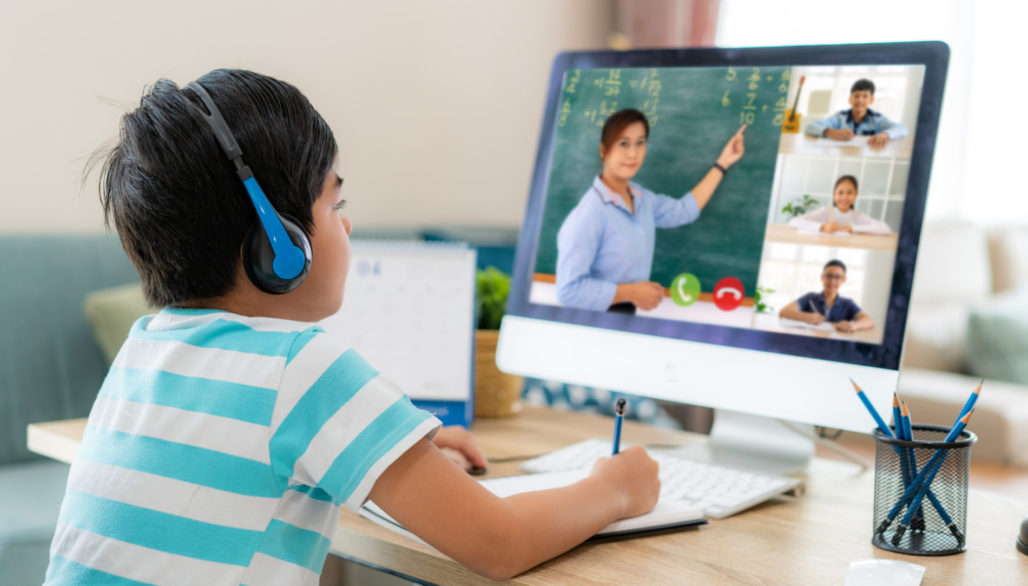Between working, striving to maintain routines and staying social, most of us are spending more time with our digital devices than ever. As school ramps up for the year in a largely online environment, kids and teens are no exception. Along with a different take on education, this approach to learning is introducing something else to many children: new or increased dry eye and eye strain symptoms. “We’ve been hearing lots of questions and concerns about screen time and its effects on the eyes recently,” states Kim Duong, OD, MS, FAAO, an optometrist with Rady Children’s Specialists of San Diego’s Division of Ophthalmology. “In general, kids already spend a great deal of their time with screens, and our new reality has bumped up their consumption significantly.”
“We don’t blink as often as we should when looking at digital devices, which causes our eyes’ natural tear film to evaporate,” Dr. Duong continues. “As a result, more screen time links to dry, irritated eyes for many of us.” It also correlates to eye strain, which can cause a range of symptoms including discomfort, headaches, watery eyes and even pain in the neck or shoulders.
Fortunately, there are a few simple ways to help combat these unpleasant indicators of digital overload. Dr. Duong and Shagun Bhatia, MD, MSCR, an ophthalmologist for the Division of Ophthalmology, suggest the following:
- Keep screens about two feet away from your eyes. That goes for those on smartphones, too!
- Balance the increase in mandatory screen engagement with activities that give the eyes a break, such as hanging out outside, playing games or chatting with members of your household.
- Maintain proper lighting — medium or high screen brightness, with the room light level close to that emitted from the screen — to cut down on screen glare.
- Follow the 20-20-20 rule, which calls for directing your sight to an object at least 20 feet away for 20 seconds every time you spend 20 minutes looking at a screen.
Dr. Duong and Dr. Bhatia say there has also been an uptick in queries about blue light-blocking glasses, but encourage families to save themselves the additional expense. “To date, there is no scientific evidence that supports the use of these kinds of glasses,” Dr. Duong explains. They do, however, recommend monitoring new or worsening eye symptoms while trying out the above remedies. “If your kids’ eye issues aren’t improving, or if they’re experiencing blurred vision or double vision after using digital devices, make an appointment with an eye care provider. These could be signs of an underlying eye problem,” says Dr. Bhatia.
